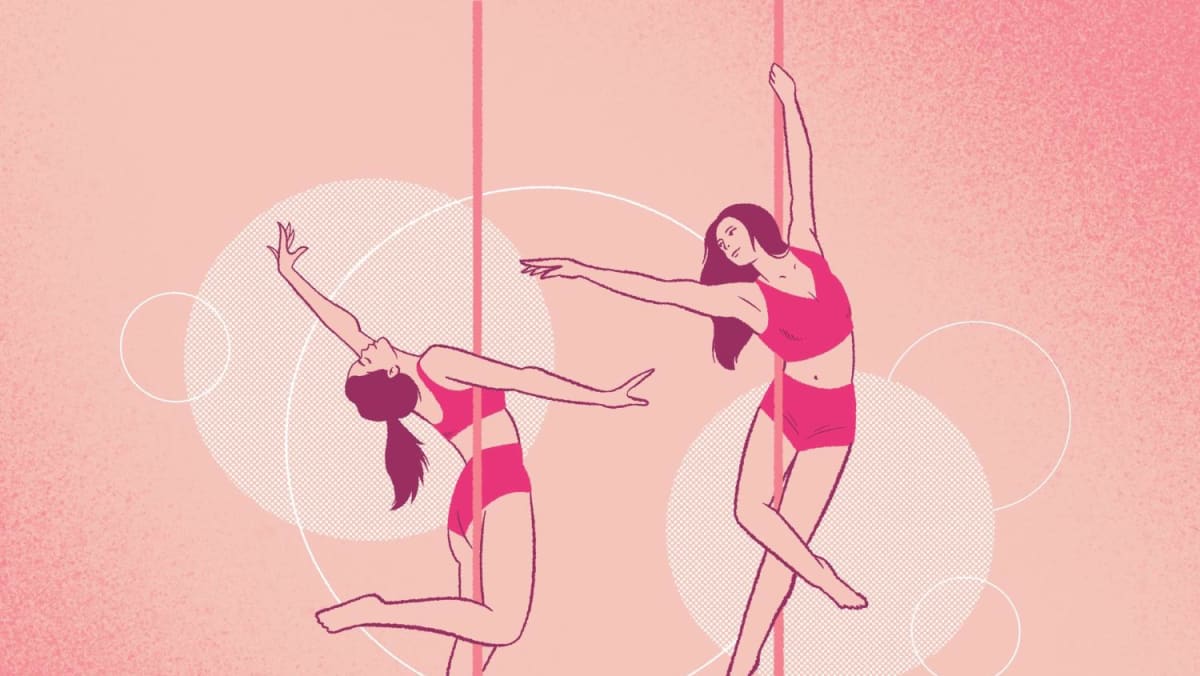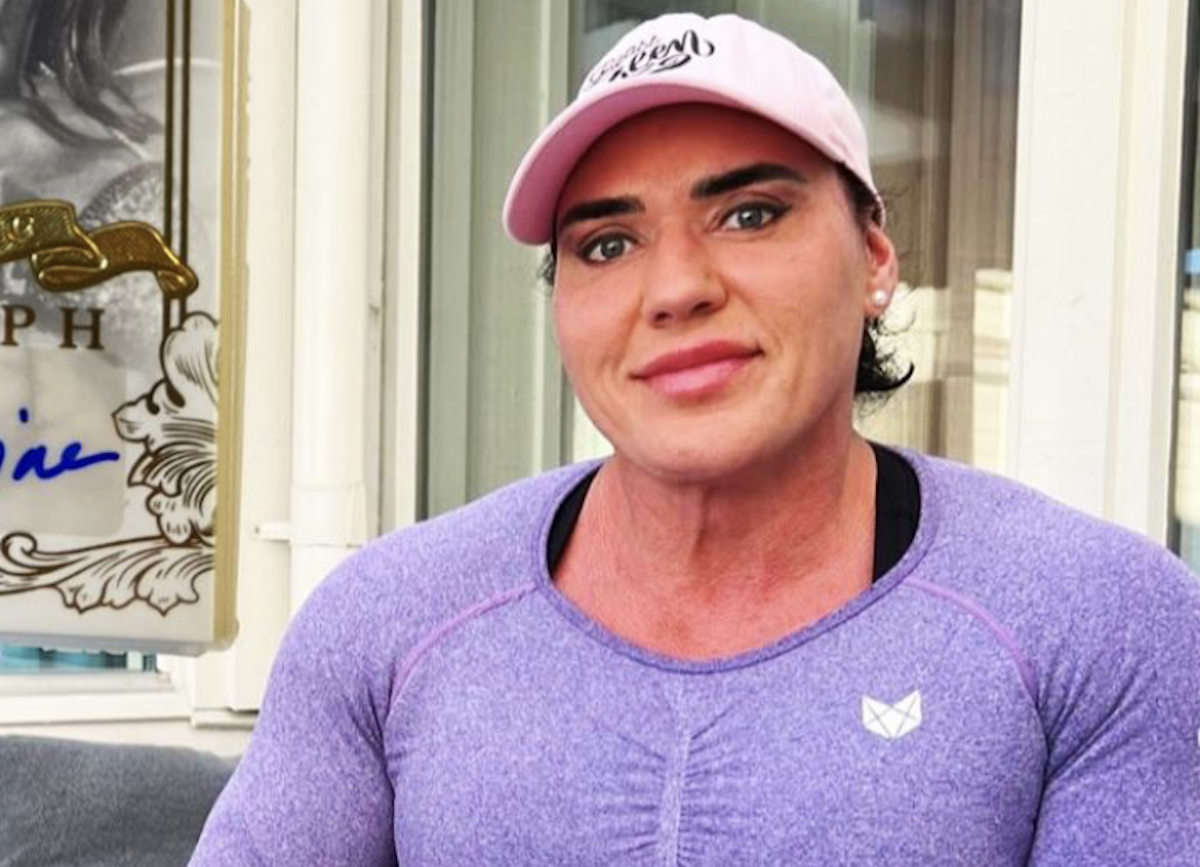FROM HESITANCY TO UNDERSTANDING
Before I enrolled in pole dancing classes, my own mother frowned upon the idea of immersing myself in a dance genre that is overly sexualised and possibly provocative, one usually practised or performed while skimpily clad.
Despite my interest in trying out pole, I myself was somewhat hesitant to do it regularly. It was a strange, unfamiliar feeling for me to be wearing so much less than usual.
I was also troubled by what others would think: What if people thought I was promiscuous or morally loose based on what I wear while doing pole? Or just for doing pole at all?
However, I quickly saw that most pole dancers keep their skin as bare as they do in order to grip the pole safely, especially during climbs and inversions.
If one wears long-sleeved tops or long bottoms such as pants or leggings, it can be rather slippery on the pole, leading to poor grip and consequent slips and falls. This is extremely dangerous, and can even result in severe head injuries if one happens to fall from an upside-down position.
On top of that, I learnt that moisturisers and barrier creams on the skin are also a big no-no before pole practice. One really has to leave the skin “bare” in the most literal sense, with absolutely nothing on it.
As I explored pole dancing more, I began to understand that it’s not at all equivalent to stripping. It also dawned on me that not all pole dances are equal.
There is a plethora of styles and genres available to choose from.
These include lyrical pole where sequences are usually done with bare feet, appear contemporary and accompanied with soothing music, as well as exotic pole, where dancers often wear high heels and incorporate floor work and shoulder stands on the ground.
On the other hand, if one prefers to focus on pole fitness rather than dance elements like myself, one can simply aim to attain a particular shape on the pole and forgo all the rhythmic or musical elements of dance.
Pole really is a whole world, one that most people know so little about because of preconceived notions.
WHAT IS ‘APPROPRIATE’?
The first few reactions to my pole videos came from friends, who asked if I would be attracting the “wrong” kind of attention.
Yet, venturing into the world of pole practice made me feel young, healthy and happy. Wouldn’t it be a waste if I chose to limit myself due to others’ biases?
I soon realised that what is appropriate can differ based on perspective. Is it “appropriate” to dress modestly but dangerously for a pole sequence full of inversions and leg hangs? Or is it “appropriate” to attend barefoot an exotic pole class that stipulates heels as a requirement?
After all, what is truly appropriate in the practice of any activity should not be determined by third-party spectators, but by what the practitioner feels suits him or her, that helps in the effective execution of said activity safely and comfortably.
The pole community is a supportive one, both online and in real life, and many pole influencers often post reels to illustrate why they need to dress a certain way to maintain their grip on the pole.
Some even post funny reactions to viewers’ comments that ask or even lecture them to dress appropriately, for example, by performing pole routines while deliberately wearing loud mascots outfits of cartoons and animals to retaliate against strangers’ attempts to shame them or control what they wear.
Over time, I felt less and less of a need to constantly explain myself and what I wear in my pole videos, or to pull back on my involvement in this particular activity just because others did not understand the nature of it and the dressing needs associated with it.
HOLDING OUR GROUND
People can be quick to judge and form their own conclusions about an unconventional activity or sport, even if they have little or imperfect information about it.
We cannot control how other might think. However, we can educate and inform.
Pole influencers such as Claire Bear Polerina do this by creating reels to demonstrate how she slips from a pole when wearing long-sleeved clothing, as compared to being able to maintain good grip with bare skin on a pole.
However, regardless of efforts to inform others, we have to accept that their viewpoints are ultimately up to them.
It’s up to each of us to hold our ground even when we face disapproval or negative judgement from others.
The lens of our personal perspectives can become clouded by stigma and misconceptions, and that’s part and parcel of life.
But our choices belong to us alone, and we have the freedom and agency to choose what is safe and suitable for ourselves.
Now, after seeing how much confidence, physical strength and flexibility I’ve gained through pole, my mother enjoys watching my Instagram reels. She even enjoys watching pole reels almost as much as I do now.
To me, she is proof that, with time and information, anyone can alter their staunch viewpoints and long-held stigma.
Even so, I know it’s not possible for me to be able to get approval from everyone on everything I want to do, both in the pole studio and outside of it.
All the same, I hope that we as a society strive less to criticise others and more to acknowledge that everyone has the right to decide what to do with their own body, even though we may not understand or agree personally.
ABOUT THE AUTHOR:
Alvona Loh Zi Hui is a medical doctor who works in Singapore.




